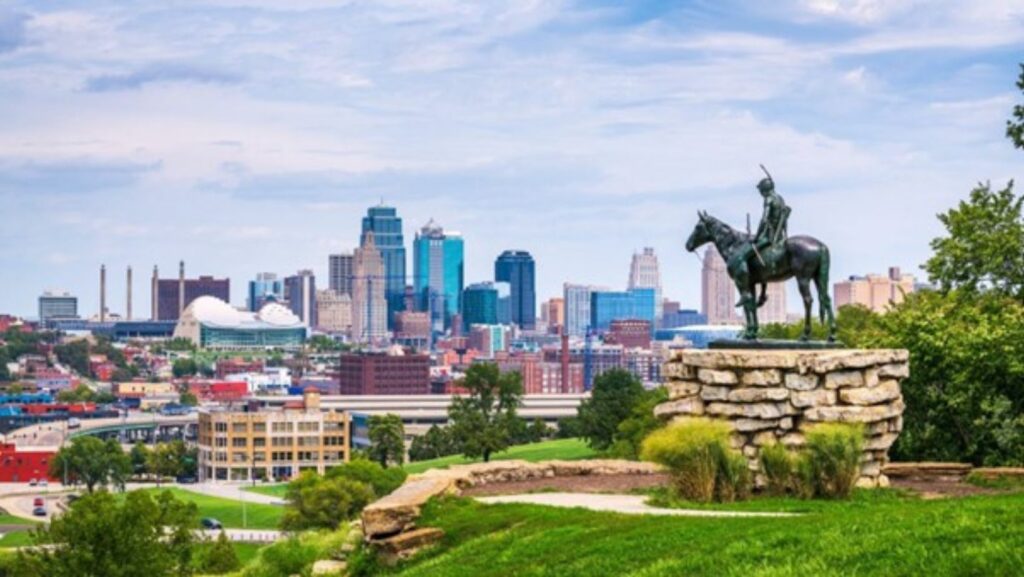Deciding on the best time to visit Mexico City is key to experiencing the vibrant heart of Mexico at its finest. This bustling metropolis, brimming with rich history, delicious cuisine, and colorful culture, offers a unique charm that varies throughout the year. Whether you’re seeking the perfect weather, looking to avoid the crowds, or hoping to catch one of the city’s many festivals, timing your visit can make all the difference.
Best Time To Travel To Mexico City
 Mexico City’s climate plays a crucial role in determining the best times for a visit. The city experiences a subtropical highland climate, characterized by mild temperatures and distinct seasonal changes which significantly influence travel planning.
Mexico City’s climate plays a crucial role in determining the best times for a visit. The city experiences a subtropical highland climate, characterized by mild temperatures and distinct seasonal changes which significantly influence travel planning.
Dry Season vs. Rainy Season
The city’s year divides into two main seasons: the dry season, running from November to April, and the rainy season, from May to October.
- Dry Season: Tourists find the dry season ideal for visiting due to the clear skies and minimal rainfall. Average daytime temperatures hover around 21°C (70°F), creating perfect conditions for exploring the city’s rich cultural heritage and outdoor attractions. Nights can be cooler, so packing a light jacket is advisable.
- Rainy Season: The rainy season sees afternoon showers become a regular occurrence, though mornings often start bright and sunny. While the rain may deter some outdoor activities, it also brings a lush, vibrant look to the city’s parks and gardens. The temperatures during this season average a comfortable 25°C (77°F), and the rain usually clears up by the evening, allowing for pleasant nighttime excursions.
Temperature Variations
Temperature fluctuations between day and night can be more pronounced during the dry season, a factor visitors should consider when planning their daily itineraries. Light layers become essential to comfortably transition from warm daytime outings to cooler evening activities.
Best Months
Given the climate specifics, March to May and September to November emerge as the most favorable periods to visit. These months sit comfortably in the transitional phase between the extremes of the dry and rainy seasons, providing a sweet spot of warm temperatures, manageable precipitation, and the added benefit of witnessing the city amid blooming flora or the autumnal change.
Understanding Mexico City’s climate is key to scheduling a trip that aligns with personal preferences for weather, ensuring an enjoyable and immersive experience in this dynamic metropolis.
Cultural Events and Festivals
When planning a trip to Mexico City, factoring in the numerous cultural events and festivals enriches the travel experience. These vibrant celebrations offer insights into the city’s traditions and creativity.
Day of the Dead
Celebrated annually from October 31 to November 2, the Day of the Dead (Día de los Muertos) stands out as a unique and colorful festival. Visitors witness a fusion of pre-Hispanic and Catholic traditions, with families honoring deceased loved ones through elaborate altars and offerings. The city streets come alive with parades, skull-themed artworks, and performances, depicting a rich cultural heritage.
Independence Day
 On September 16, Mexico City commemorates its Independence Day with fervor. The night before, crowds gather at the Zócalo for the traditional “Grito de Dolores,” where the president reenacts the historic cry for independence. Festivities include fireworks, live music, and food stalls, showcasing national pride and unity.
On September 16, Mexico City commemorates its Independence Day with fervor. The night before, crowds gather at the Zócalo for the traditional “Grito de Dolores,” where the president reenacts the historic cry for independence. Festivities include fireworks, live music, and food stalls, showcasing national pride and unity.
Guelaguetza Festival
Although originating from Oaxaca, the Guelaguetza Festival finds its echo in Mexico City, usually in late July. This indigenous cultural event features folk dances, traditional music, and regional attire, representing the diverse ethnic groups of Oaxaca. It’s a splendid opportunity to experience the richness of Mexico’s indigenous cultures.
Cervantino Festival
The International Cervantino Festival, held in October, extends its reach to Mexico City, despite its Guanajuato origins. It ranks as one of Latin America’s largest arts and culture festivals, attracting global talents in music, dance, theater, and visual arts. Attendees enjoy a plethora of performances, making it a must-visit for art enthusiasts.
Choosing the best time to travel to Mexico City involves aligning one’s itinerary with these engaging cultural events and festivals. Each offers a distinct perspective on Mexico’s artistic expressions and historical tributes, ensuring visitors leave with memorable experiences of the city’s cultural dynamism.


